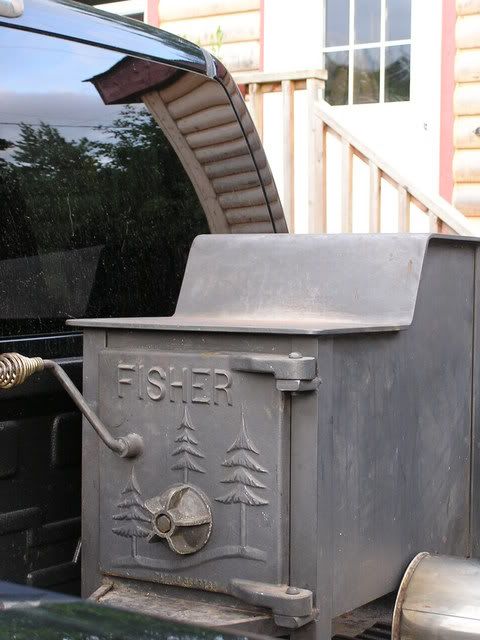Modern EPA stoves need, no make that MUST have seasoned wood!!!!!! If you don't already have your 2010/2011 wood already cut, split & stacked, then next winter with a new EPA stove will be an exercise in frustration. That is assuming you will be burning hardwood.
What will happen is you will have trouble getting the secondary burn to kick off. That is where the high heat will come from as the gasses are burned out of the wood. Then will come a large coal bed that will be difficult to burn down. You will not be getting a great amount of heat out of that coal bed. The secondary burn runs at about 1100 degrees giving you a stove top temp of 500 > 700 degrees.
If you introduce green or unseasoned wood into the mix, you will have to boil off the water vapor which will be about 212 degrees. That kills the secondary burn. With my old pre-EPA Russo, I could almost cut down a tree & throw it in the stove. With my Englander 13, I've had trouble burning oak & locust that was cut, split & stacked under cover two years before.
Having said all that, a modern stove with SEASONED wood throws out a fantastic amount of heat. I have a two story, balloon framed house that was built in 1874. I've done what I could to insulate it but it will never be considered a tight house. Especially on a windy day when the temp gets below about 15 degrees, I have to turn on the oil burner as a supplement. I end up burning about 100 gals. of oil per season. Wood burning in my little stove does the rest.
Al
P.S. You might want to check the forums on **********







